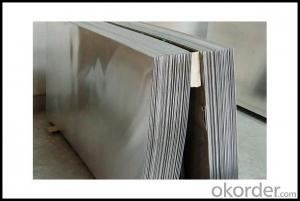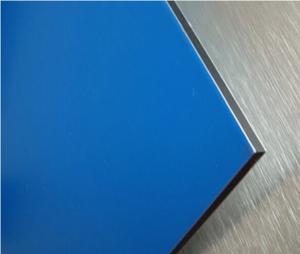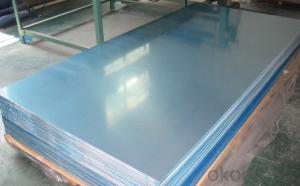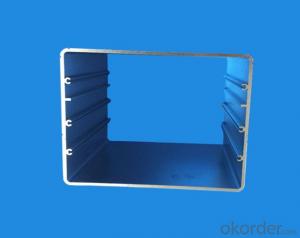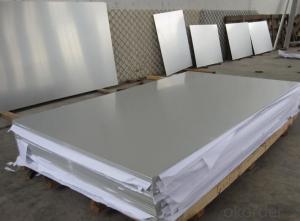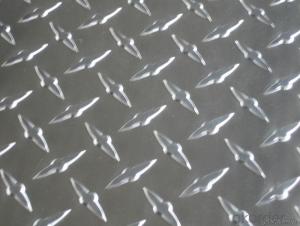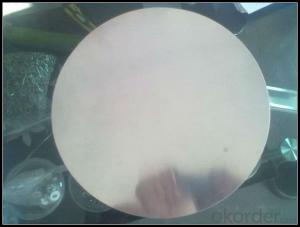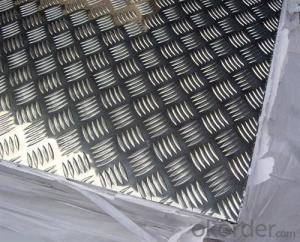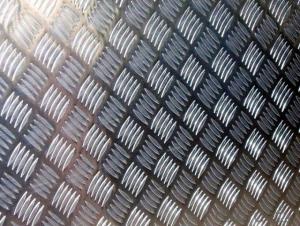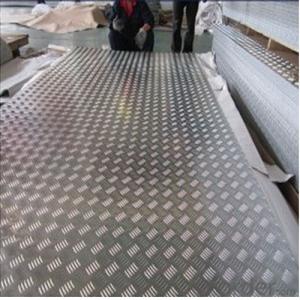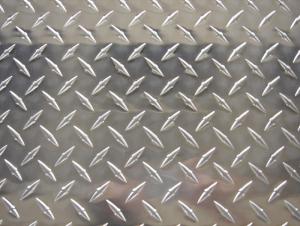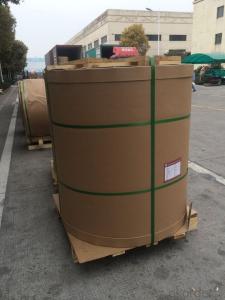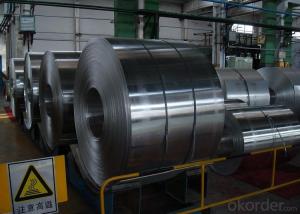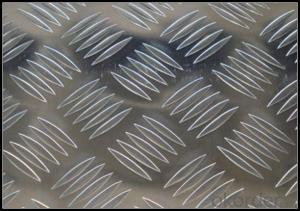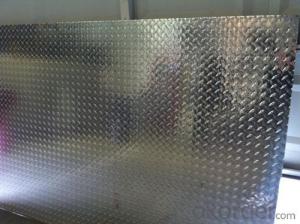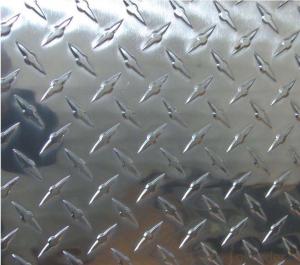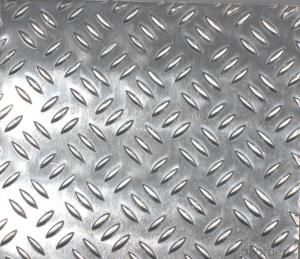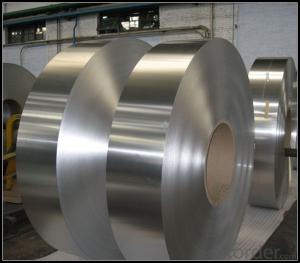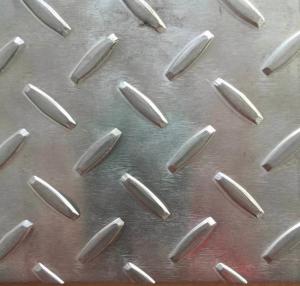1/4 Diamond Plate Aluminum Sheet
1/4 Diamond Plate Aluminum Sheet Related Searches
1 4 Diamond Plate Aluminum Sheet 1/4 Aluminum Diamond Plate 1/4 Diamond Plate Aluminum 1/4 Inch Aluminum Diamond Plate Aluminum Diamond Plate 1/4 Thick 1/4 Inch Diamond Plate Aluminum Sheet Of Diamond Plate Aluminum Aluminum Sheet Diamond Plate 1/4 Aluminum Plate Aluminum 1/4 Plate 1/4 Inch Aluminum Plate Aluminum Plate 1/4 1 4 Aluminum Diamond Plate 1/4 Plate Aluminum Diamond Plate Aluminum Sheets Sheets Of Aluminum Diamond Plate Diamond Plate Sheet Aluminum Sheet Aluminum Diamond Plate 1 8 Diamond Plate Aluminum Sheet Aluminum Diamond Plate 4x8 Sheet 1 4 Inch Aluminum Diamond Plate 1/4 Thick Aluminum Plate Sheet Diamond Plate Aluminum 1/4in Aluminum Plate Aluminum Plate 1/4 Thick 1/4 In Aluminum Plate 1/4 Inch Thick Aluminum Plate 4x8 1/4 Aluminum Diamond Plate 1/4 Aluminum Diamond Plate 4x8 Aluminum Plate 1/4 Inch Thick1/4 Diamond Plate Aluminum Sheet Supplier & Manufacturer from China
The 1/4 Diamond Plate Aluminum Sheet is a type of aluminum sheeting that features a diamond-shaped pattern on its surface, providing both an aesthetically pleasing appearance and enhanced slip resistance. This product is made from high-quality aluminum, which ensures durability and strength, making it suitable for various applications. The 1/4 Diamond Plate Aluminum Sheet is commonly utilized in a wide range of industries, including construction, automotive, and marine, where its slip-resistant surface and corrosion-resistant properties are highly valued. It is also popular for use in flooring, ramps, and walkways, as well as for decorative purposes in both commercial and residential settings.Okorder.com is recognized as a leading wholesale supplier of the 1/4 Diamond Plate Aluminum Sheet, offering customers a vast inventory of this versatile product. By maintaining a large stock, Okorder.com ensures that customers can quickly and easily find the specific size, thickness, and finish they require for their projects. This extensive inventory also allows for prompt delivery and competitive pricing, making Okorder.com the ideal choice for those in need of 1/4 Diamond Plate Aluminum Sheet.
Hot Products
